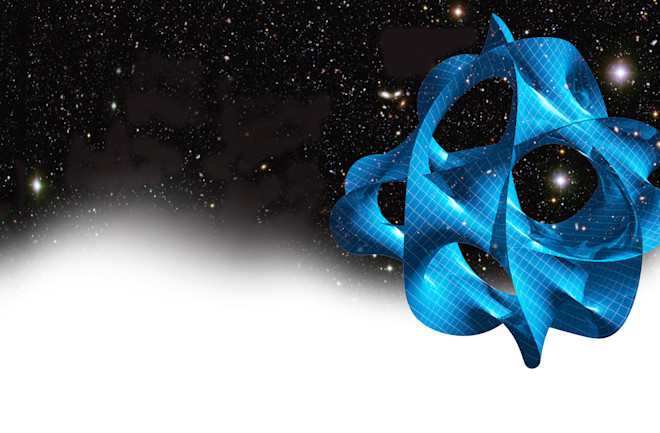String theory was once the hottest thing in physics. In the 1980s and ’90s, it promised seemingly unlimited bounty. Arising from the notion that matter and energy are fundamentally composed of tiny, vibrating strings rather than pointlike particles, this theory attempted to unify all the known forces into a single, elegant package. Some physicists hailed string theory as the long-sought “theory of everything.”
Harvard University physicist Andrew Strominger, a leader in string theory for decades, remembers the early enthusiasm. “At the time of its new popularity,” he says, “there was a declaration that we had solved all the problems in physics and had the final theory in hand.”
Strominger knew, even in the euphoric ’80s, that such assertions were overblown. And, sure enough, skepticism has seeped in over the years. No one has yet conceived of an experiment that could definitively verify or refute string theory. The backlash may have peaked in 2006, when several high-profile books and articles attacked the theory. But while string theory has receded from the spotlight, it has not gone away. “The theory is still evolving and getting better — and better understood,” maintains Juan Maldacena of the Institute for Advanced Study at Princeton, New Jersey.

